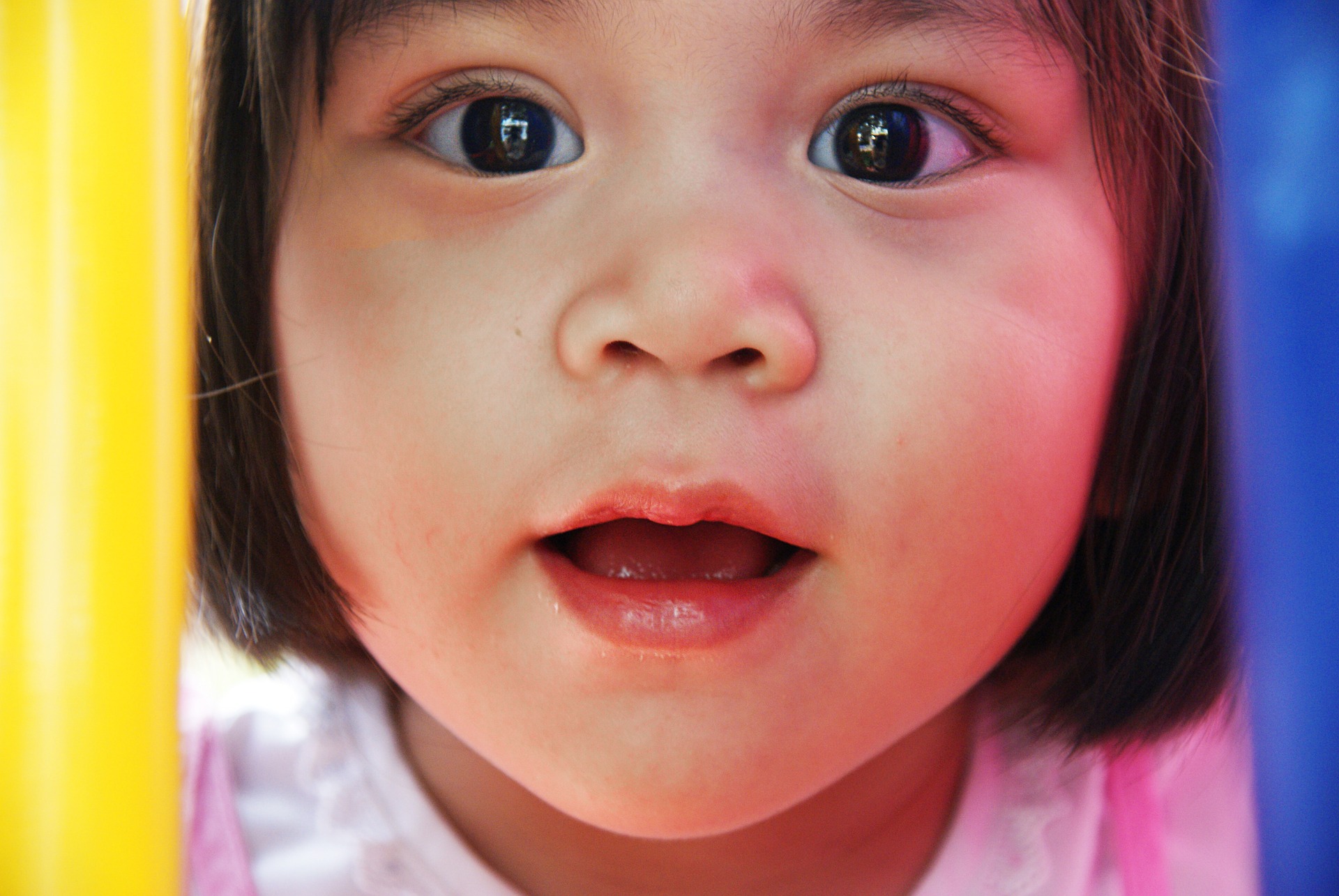
It is becoming more common for nurseries and pre-schools to have profiles on Pinterest and other social media sites. Pinterest can be used for many purposes, from providing basic information for parents, to being an interactive medium designed to engage families and direct traffic back to a nursery’s website. When done strategically, a Pinterest account can:
-
Promote communication and build relationships with parents.
-
Raise awareness of your nursery to prospective families and staff.
-
Establish relationships and connections with other nurseries.
- Demonstrate your knowledge and commitment to the Early Years Foundation Stage.
Today’s blog post will focus on how nurseries can use Pinterest.
Creating Boards
Pinterest has great search capabilities. To increase the potential of others finding your page, use relevant keywords when naming your boards and assign a category to each board. Make sure to write a brief description, giving viewers an overview of the type of pins they will find. Avoid generic descriptions; make sure pin descriptions are inspiring and interesting. Think what sort of topics are important for your setting to share and plan out your content accordingly.
Choosing Images
Pinterest is a visual medium that gives nurseries the opportunity to upload pictures that show, rather than tell about, the great things they do. Choose high quality, eye catching images; remember these are what grab people’s attention. If possible, overlay some text onto your images.
Take your own photographs to give viewers a snapshot into your nursery. While some nurseries choose to post photographs showing children, the UK has strict safeguarding rules that need to be adhered to (see NSPCC’s website).
If your nursery has a policy of not showing photographs with children in them, you can still share some great visual content from your setting. Some ideas of images to capture are:
-
Classrooms, play areas and equipment, reading nooks, sensory tables, art, dressing up, and outdoor play areas.
-
Student artwork and projects (ensure they do not include students’ names).
-
Classroom and themed bulletin boards.
-
Views of the school and playground.
Make sure to include images that showcase your setting and provide insight into your nursery.
Pins and Pinning
Each pin you create needs to have an image. You can simply post photographs as pins, or you can link viewers to articles, blogs, documents, videos, etc. Add a description to each pin that is both interesting and eye catching. You can also include hashtags (such as #EYFS and #earlyyearseducation). No matter what, be sure to include links to your nursery’s website into this description.
To encourage more pins, add a ‘pin it’ or save button to your website. This will allow viewers to quickly and easily share your content. It can also be helpful to follow other nurseries. You may find relevant content to pin onto your boards, and they may also share your content. You can also engage parents by asking questions and updating your boards regularly with new and relevant content. Make sure to respond to any comments or questions left on your pins to encourage further conversation.
To see some examples of nurseries on Pinterest, check out What a Hoot Day Nursery and Kiddi Caru Day Nurseries.
We hope you found these tips useful. Get in touch with Shake if your nursery or pre-school needs any advice or training on social media use.